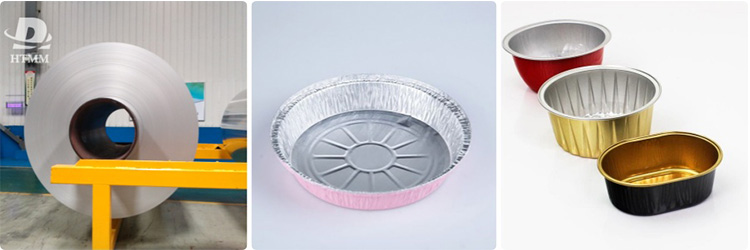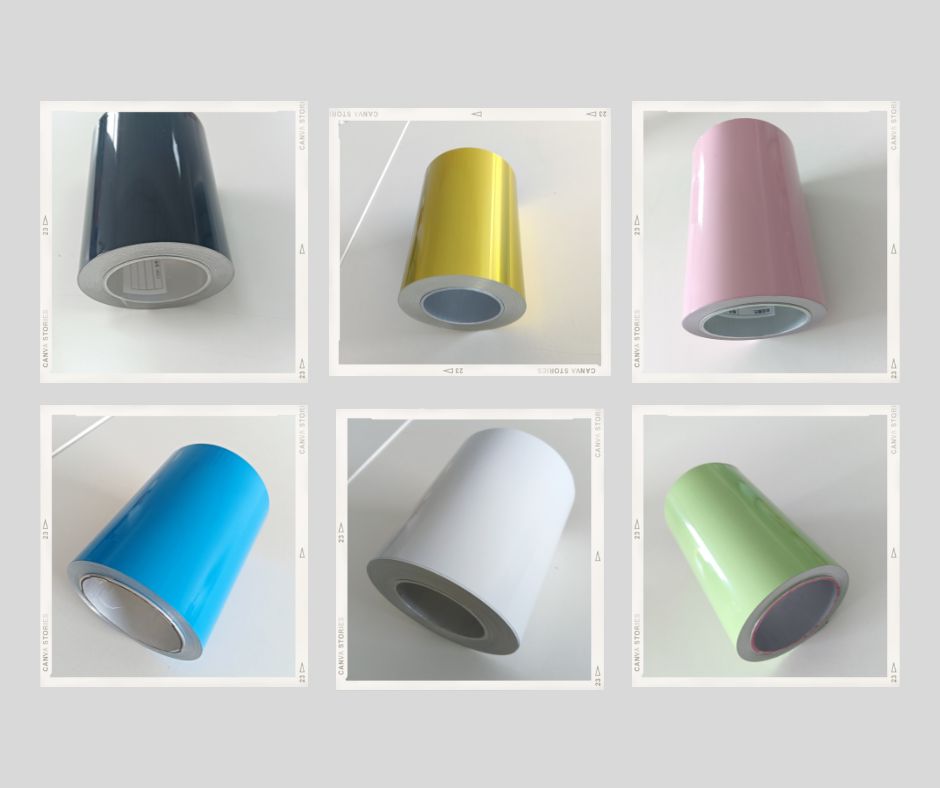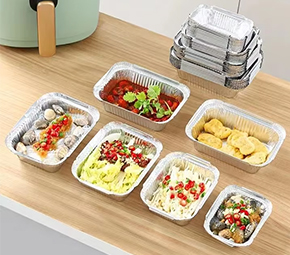Aluminum foil the container is not based on thin, organdy aluminum foil, but on aluminum, the metal element most abundant in the earth's crust. Alumina is extracted through a complex chemical process (bayer process), and pure liquid aluminum is obtained through electrolysis (hall-hertz process). These aluminum are cast into huge aluminum ingots, which form the basis of Aluminum Foil Production.
However, pure aluminum (usually refers to the content of aluminum above 99.00%) is soft, lacks mechanical strength, is completely not suitable for direct processing, need a certain hardness and moldability bento. Therefore, in the smelting process, according to the final use of the bento, add trace amounts of other metal elements, such as manganese (Mn), magnesium (Mg), iron (Fe), silicon (Si), etc., to form specific plate aluminum alloy I do. The addition of these alloy elements can greatly improve the strength, hardness, formability and corrosion resistance of aluminum, so it will not be easily deformed after press forming to ensure sufficient support.

Finally, these aluminum alloys are rolled into precise thickness and shiny aluminum alloy coils through multiple processes such as hot and cold rolling. The aluminum foil used in the lunch box is generally 0.06 to 0.2 mm thick.
Aluminum alloy materials must meet a series of demanding requirements, but the natural properties of aluminum makes it almost the perfect choice. Aluminum foil blocks 100% of light, oxygen, water vapor and microorganisms. This property is very important for food preservation and greatly extends the shelf life of the food to prevent oxidation, deterioration, loss of flavor and moisture. Aluminum is a good heat conductor. This means it is suitable for heating scenes such as ovens and air flyers. At the same time, it can withstand freezing of several tens of degrees below zero to high temperature baking of more than 250 degrees, does not melt or release harmful substances, the safety is much higher than many plastic containers. Alloyed aluminum has excellent ductility and depth, which can be pressed into complex shapes at once with a high-speed press machine (box with partition, deep baking dish, etc.). The molded lunch box is light and rigid enough to be easy to take out and carry. Aluminum alloy reels for food contact must comply with strict international and national standards (China's GB 4806.9-2016 food safety national standards). This means that the content of alloying elements in the raw materials (heavy metals such as lead, cadmium, chromium, etc.) has clear restriction requirements and is absolutely safe and odorless when in contact with food. This is the most important environmental advantage of aluminum.
Aluminum is a metal that can be recycled over and over again, requiring about 5% of the energy of new aluminum to be recycled. After use, the aluminum foil containers can be washed easily, transferred to a recycling system, and remelted into new aluminum products. Yes. It is necessary to bring the qualified aluminum alloy winding material and go through the precise production process to make the bento. Metal forming is the most important step. The coil is sent to a large high-speed press machine, and under the strong pressure of the mold, it is instantly stretched into the shape of the specified lunch box. The design accuracy of the mold determines whether the edge of the box is smooth and whether the size is accurate. The press vessel can clean the surface to remove oil stains. Some premium containers are anodized to form a harder, corrosion-resistant oxide film or have color printing to meet brand customization and aesthetic needs. All inks must also meet food contact material safety standards. It takes care of the hair tips and can be used safely. Finally, an automated visual inspection system eliminates defective products such as pinholes, scratches and deformation, and ensures that all products ship flawlessly.

The technology of raw materials continues to innovate as the world's concern for sustainability, health and safety grows. By optimizing the alloy composition and advancing rolling technology, HTMM Aluminum Foil have succeeded in reducing the starting point by making the aluminum thinner while maintaining the strength of the mess tin structure, further reducing cost and consumption. Aluminum foil may be coated with a very thin safety coating on the inner wall to prevent slight reactions with some highly acidic or highly alkaline foods. The development of water-based coatings that are more environmentally friendly, biodegradable and easier to separate when recycled is a future direction. Improve the recycling rate of aluminum products under the premise of establishing a more complete aluminum foil recovery system and ensuring safety. Aluminum products are the key to promote the closed loop of the industrial chain.
Behind one small aluminum foil container is a condensation of science and wisdom from minerals, metallurgy and alloying to precision manufacturing. Its choice of raw materials is the cornerstone of ensuring food safety, meeting performance and implementing the responsibility of environmental protection.






